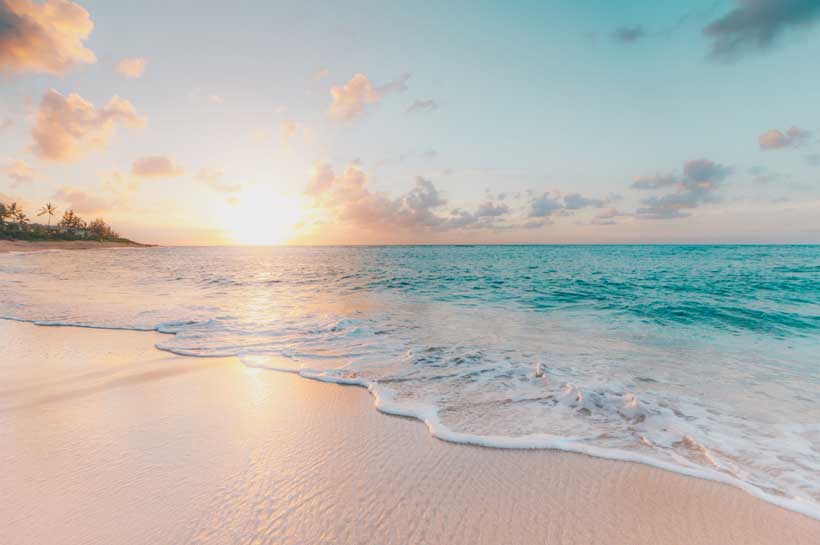The United Nations Convention on the Law of the Sea (UNCLOS)[1] was enacted to codify and provide progressive development of the law of the sea. This Convention also aims towards strengthening peace, security, cooperation and friendly relations among all nations in conformity with the principles of justice and equal rights and to promote the economic and social advancement of all peoples of the world following the Purposes and Principles of the United Nations as outlined in the Charter.
Further, Article 21[2] of the UNCLOS states that the coastal State may adopt laws and regulations, in conformity with the provisions of this Convention and other rules of international law, relating to innocent passage through the territorial sea, in respect of all or any of the following – that is, marine scientific research and hydrographic surveys. Furthermore, Article 40[3] of UNCLOS governs ‘Research and Survey Activities’ that states that during transit passage, foreign ships, including marine scientific research and hydrographic survey ships, may not carry out any research or survey activities without the prior authorisation of the States bordering straits.
MEANING OF HYDROGRAPHY
Hydrography is a branch of physical oceanography or applied science that measures and describes the configuration of the bottoms and adjacent land areas of oceans, lakes, rivers, harbours, and other water forms.[4]
MEANING OF HYDROGRAPHIC SURVEY
A hydrographic survey deals with measuring and describing features of the water area and the bed configuration; however, it may also encompass a wide variety of other objectives such as the measuring of tides, currents, gravity, earth magnetism, and for determining the physical and chemical properties of water.[5]
HYDROGRAPHIC SURVEY AGREEMENT BETWEEN MALDIVES AND INDIA
Often, countries adopt hydrographic surveys for safe navigation by compiling nautical data along with the navigational channels by measuring and profiling the water area. It can also be used to understand geomorphic changes, locate submerged obstacles, maintain port and harbour, update nautical charts, etc. While initially sounding poles and sounding lines, a Dorset Fathometer Transceiver was used to conduct the survey. Nowadays, side scan sonar devices, light detection and ranging technology, geo-radar, satellite-based radar altimeter, etc., are being used for surveying.
In 2019, an agreement was signed between India and Maldives that allowed India to conduct hydrographic surveys in Maldivian waters, wherein this agreement reflected the principles of sustainable development as the exploration and survey of waters impact further study and help in making future developments.[6] The process of hydrographic survey leads to understanding the impact water can have on the environment and future challenges that may take place.[7] On the basis of this agreement, the Maldives National Defence Force (MNDF) and the Indian Navy have carried out three joint hydrographic surveys in February and March 2021, April and May 2022, and in January and February 2023, according to a statement issued by the High Commission of India in Maldives earlier this year, following the latest survey.[8] The surveys generated updated Navigational Charts/ Electronic Navigational Charts” that would “enhance the navigational safety of ships and the Blue Economy of Maldives,” the statement said.
Since the initial stage, India was the first nation to recognise Maldives after Maldives gained independence in 1965, and therefore, India has maintained a diplomatic relationship with Maldives. To further diplomatic relations, India and Maldives also signed a trade agreement in 1981 that strengthened their trade relations. However, due to the political changes in Maldives during the election conducted in October 2023, there was a pro-China shift with the endorsement of China’s Belt and Road Initiative. Also, Maldives formally requested India to withdraw its military personnel. Furthermore, Maldives has opted to terminate this hydrographic survey agreement. As per Mohamed Shahyb, Chief Spokesperson at President Mohamed Muizzu’s office, the Cabinet recently decided that the MoU, which was due to expire in 2023, will not be renewed.
If we look forward to the development of international law, the ideology behind it is to strengthen diplomatic relations and have globally accessible nations for everyone. Further, it follows the principle of ‘pacta sunt servanda’, which means agreement must be kept. Unfortunately, Maldives’ approach towards the termination of the agreement will not only impact the future development and understanding of the water bodies available in Maldives but also affect the precautions that might be required due to climate changes that also impact the water bodies. Also, following the principle of ‘Community of Interest’ that governs the transboundary water resources, the focus should be on maximum utilisation and optimum economic development, which can also be applied to this scenario.
That is to say that the continuation of a hydrographic survey will not only benefit Maldives and India’s diplomatic relations but will also help in curbing future loss due to environmental acts and that the understanding of water zones will benefit in achieving the sustainable developmental goals adopted by the United Nations.
[1]UN General Assembly, Convention on the Law of the Sea, 10 December 1982, available at: https://www.refworld.org/docid/3dd8fd1b4.html [accessed 27 December 2023].
[2] Id. at 1.
[3] Id. at 1.
[4] Comprehensive Guide to Hydrographic Surveying, https://www.online-pdh.com/file.php/663/Comprehensive_Guide_to_Hydrographic_Surveying.pdf [accessed 29 December 2023].
[5] Id. at 4.
[6] In Sign of Cooling Ties, Maldives Reverses Hydrography Deal With India, The Maritime Executive, https://maritime-executive.com/article/in-sign-of-cooling-ties-maldives-reverses-hydrography-deal-with-india.
[7] Id. at 2.
[8] Id. at 2.
